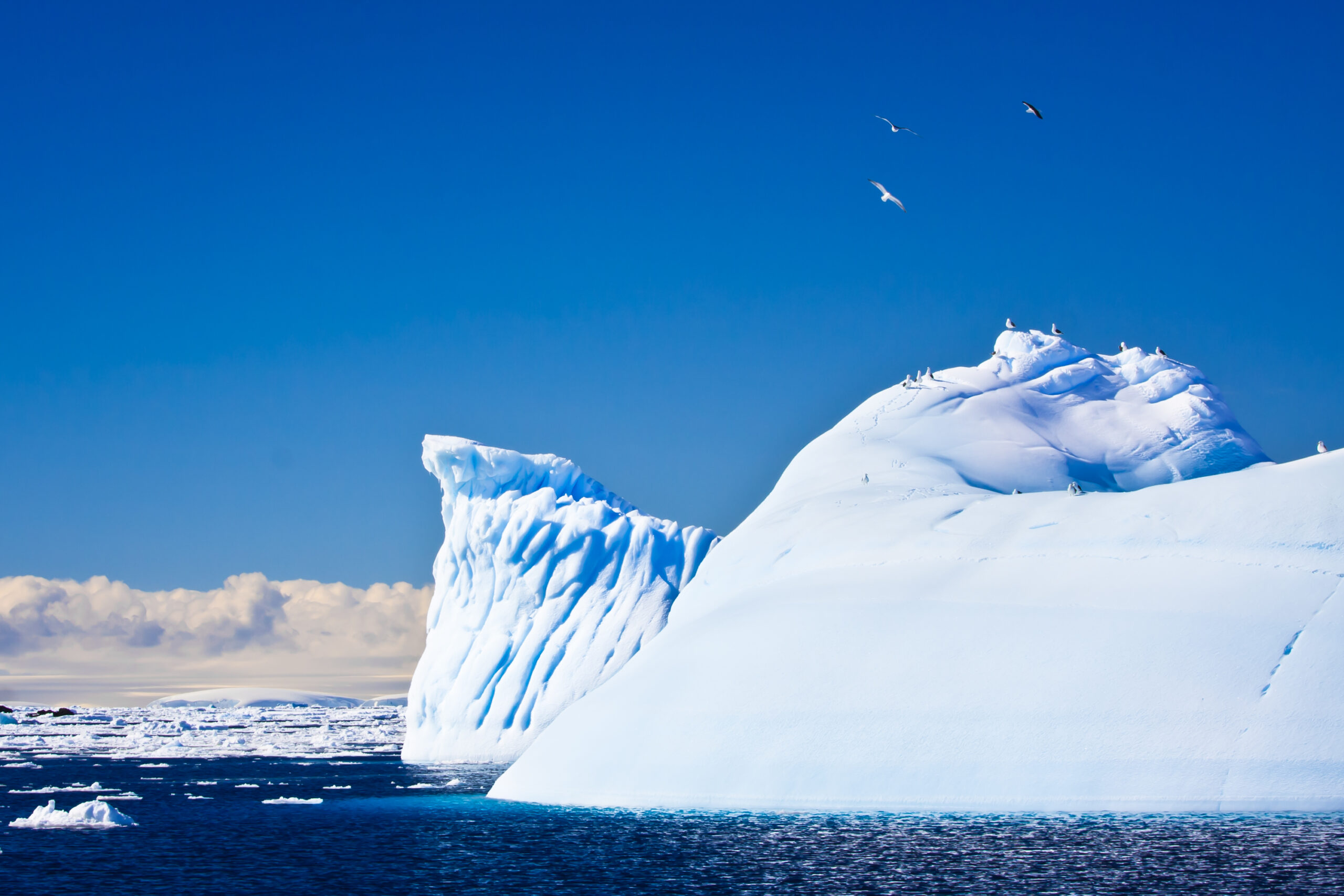Recent satellite info shows that the ice around Antarctica is at an all-time low. This isn’t just bad news for polar bears; it’s a warning sign for the entire planet.

What’s Happening?
Antarctica’s sea-ice is melting much faster than anyone expected. Walter Meier, who watches ice data for a living, said, “It’s like nothing we’ve ever seen before.” That’s a big deal because the balance of our planet’s environment is at risk.
Why Antarctica Matters
Antarctica is like Earth’s AC unit. Its massive ice sheet reflects the Sun’s rays away and cools down the nearby water. But if we lose the ice, it could start heating up the planet instead of cooling it down.

The Scary Details
Right now, there’s less than 17 million square kilometers of sea-ice around Antarctica. That’s 1.5 million square kilometers less than what we usually see this time of year. Imagine losing a chunk of ice five times the size of the UK!
Why Less Ice Is a Problem
Here’s the thing: when ice melts, it uncovers darker parts of the ocean. Darker areas soak up sunlight, making the water even warmer and melting even more ice. It’s a vicious cycle called the ice-albedo effect, and it can mess up our climate.

Possible Big Troubles Ahead
Professor Martin Siegert from the University of Exeter says if we keep going like this, it’s going to be a disaster. Antarctica’s ice is melting so fast it could cause sea levels to rise. Higher sea levels mean bigger floods, which is bad news for anyone living near the coast.
Changing Times for Antarctica
Antarctica used to be seen as this stable, remote place, but recent events show that things are changing. It’s hard to study because it’s so far away and there’s not a lot of old data on it.
Trying to Figure It Out
Scientists are working super hard to understand why the ice is melting so fast. Warmer oceans and shifting water currents are probably part of the problem, but other things like the El Niño weather pattern could also be affecting it.
We Need to Act
Bottom line: we can’t ignore this. We have to come together, fund more research, and find ways to slow down or stop the ice melt. What’s happening in Antarctica might give us a sneak peek of what’s coming for the rest of the world, and we need to be ready.

FAQ: What’s Going on with Antarctica’s Ice and Why You Should Care
Why is the sea-ice around Antarctica at an all-time low?
Satellite data shows that Antarctic sea-ice is currently less than 17 million square kilometers, which is way lower than the typical amount for this time of year. Scientists believe a combination of factors, like warmer oceans and changing currents, are causing the ice to melt faster than ever.
Why should we care about sea-ice in Antarctica?
Antarctica’s sea-ice plays a big role in regulating Earth’s climate. It reflects sunlight and cools down surrounding waters. Less ice means the Earth could heat up faster, leading to more extreme weather events and rising sea levels.
What is the ice-albedo effect?
The ice-albedo effect is a feedback loop. When ice melts, darker parts of the ocean are exposed. These darker areas absorb more sunlight, which heats up the water and causes more ice to melt. It’s a vicious cycle that can speed up global warming.
What does this mean for sea levels?
The fast-melting ice in Antarctica could significantly contribute to rising sea levels. Higher sea levels can result in dangerous flooding and storm surges, especially in coastal areas.
How does El Niño factor in?
El Niño is a weather phenomenon that can affect ocean temperatures and currents. Scientists are still trying to figure out how much of a role El Niño is playing in the current sea-ice decline, but it’s another piece of the puzzle.
What can we do to help?
The most important thing is to take action. That means supporting research into why this is happening and how we can stop it. It also means looking at ways we can reduce our carbon footprint, like by using renewable energy, to slow down global warming.
Why is it challenging to study Antarctica?
Antarctica is remote and has been relatively untouched by human activity, making it hard to gather data. Plus, because it was once considered stable, there’s not a lot of historical data to compare the current situation to.
What are scientists doing about it?
Scientists are hustling to collect more data and understand what’s causing this rapid decline in sea-ice. They’re using satellite info, ocean temperature measurements, and studying weather patterns like El Niño to get a clearer picture.
What happens if we don’t take action?
In short, things could get bad—fast. We could see more extreme weather events, rising sea levels that threaten coastal communities, and disruptions to ecosystems. It’s a global issue that needs immediate attention.
Sources BBC
#Antarctic sea-ice #global warming #scientists #temperature #climate change #Antarctica #ice #sea-ice #warming #experts #temperature records #sea-level rise


